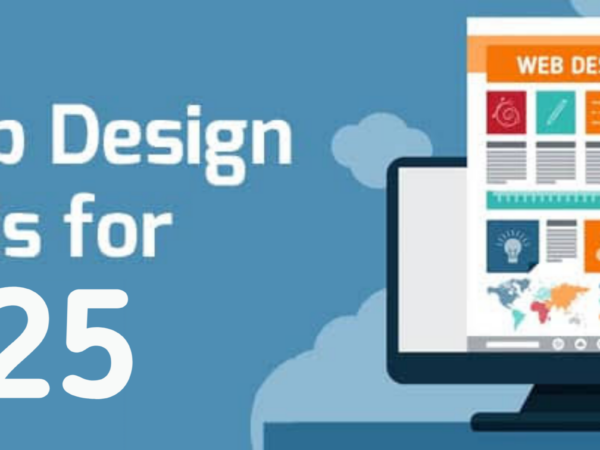
Good web design is more than just creating a visually appealing website. It’s about crafting an online experience that engages, informs, and satisfies your users. Effective web design is a delicate balance of aesthetics, functionality, and usability. Here are the key elements of good web design:
- Usability
Usability refers to how easily users can navigate and interact with your website. A usable website is intuitive, simple, and efficient. Key characteristics of usable web design include:
– Clear Navigation: A simple and consistent navigation menu that helps users find what they’re looking for.
– Concise Content: Clear and concise content that communicates your message effectively.
– Prominent Calls-to-Action: Visible and actionable calls-to-action that guide users through the conversion process.
– Minimal Cognitive Load: A design that minimizes mental effort and makes it easy for users to complete tasks.
- Accessibility
Accessibility ensures that your website is usable by everyone, regardless of their abilities or disabilities. An accessible website is designed to be inclusive and usable by:
– People with Disabilities: Those with visual, auditory, motor, or cognitive disabilities.
– Older Adults: Seniors who may have age-related disabilities or limitations.
– Mobile Users: Users accessing your website on smaller screens or devices.
- Visual Appeal
Visual appeal refers to the aesthetic qualities of your website. A visually appealing website is attractive, modern, and engaging. Key elements of visual appeal include:
– Color Scheme: A consistent and harmonious color scheme that reflects your brand.
– Typography: Clear, readable, and consistent typography that communicates your message.
– Imagery: High-quality, relevant, and optimized images that enhance the user experience.
– White Space: Adequate white space (negative space) that creates a clean and uncluttered design.
- Responsiveness
Responsiveness ensures that your website adapts to different screen sizes, devices, and orientations. A responsive website provides an optimal user experience across:
– Desktops: Large screens with high resolutions.
– Laptops: Smaller screens with varying resolutions.
– Tablets: Touchscreen devices with medium-sized screens.
– Smartphones: Small screens with varying resolutions and orientations.
- Performance
Performance refers to how quickly and efficiently your website loads and responds to user interactions. A high-performing website is essential for:
– Search Engine Optimization (SEO): Fast-loading websites are favored by search engines.
– User Experience: Slow-loading websites can lead to high bounce rates and frustrated users.
– Conversion Rates: Optimized website performance can improve conversion rates and revenue.
- Consistency
Consistency ensures that your website’s design, layout, and branding are uniform throughout. Consistency creates a cohesive and professional online presence.
- Scalability
Scalability refers to your website’s ability to adapt to growing traffic, content, and user demands. A scalable website is essential for:
– Business Growth: A scalable website can handle increased traffic and sales.
– Content Expansion: A scalable website can accommodate growing content libraries.
– User Engagement: A scalable website can handle increased user interactions and engagement.
We can help you incorporate these key elements of good web design; create an online presence that engages, informs, and satisfies your users.
Contact us now via:
🌐 www.timestweb.net ; www.timestweb.com
📧 start@timestweb.net
📞 – +234 813 587 7642; +234 915 745 2665




